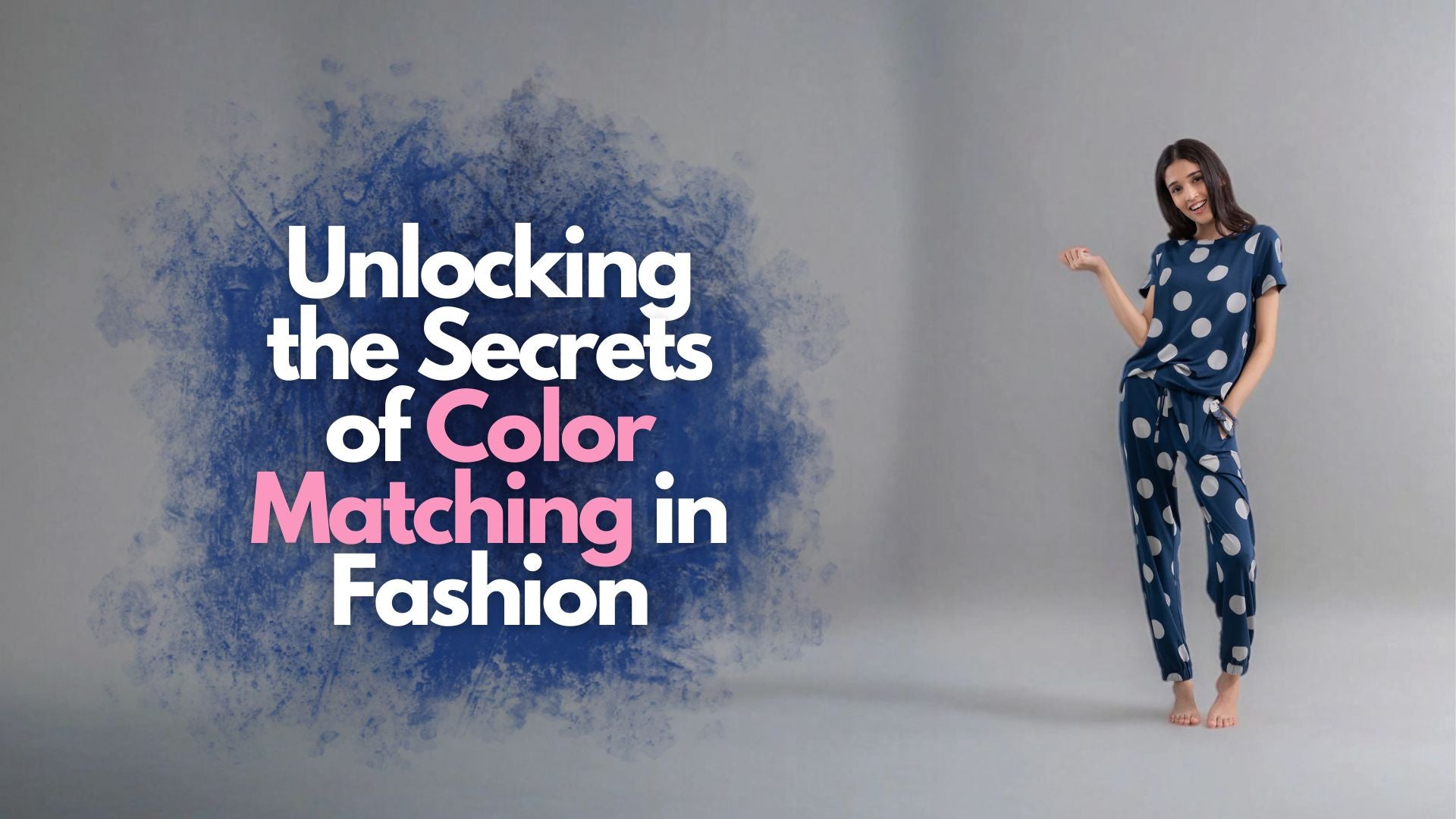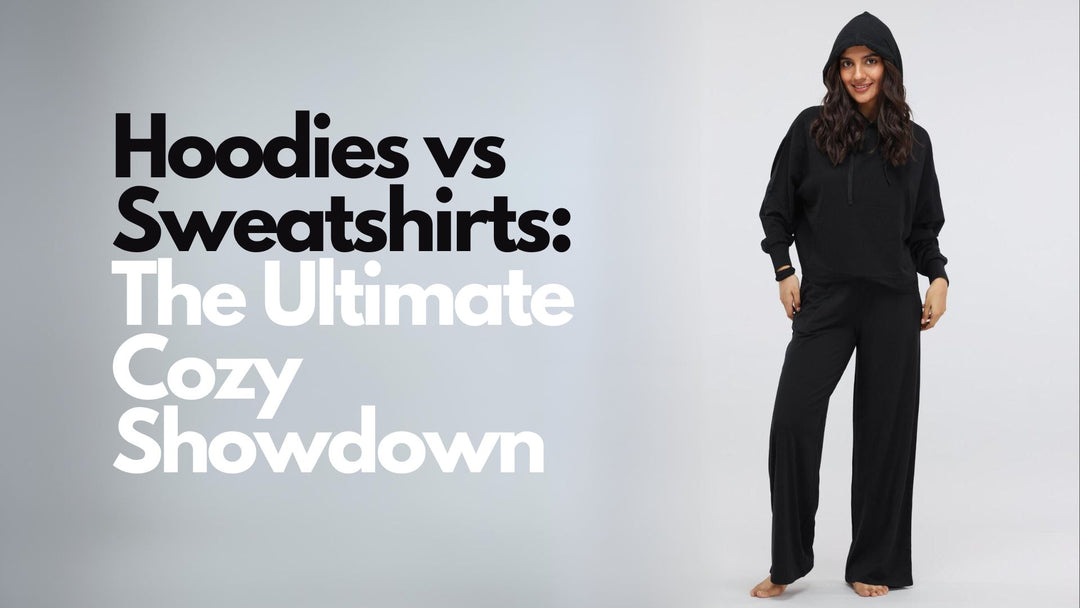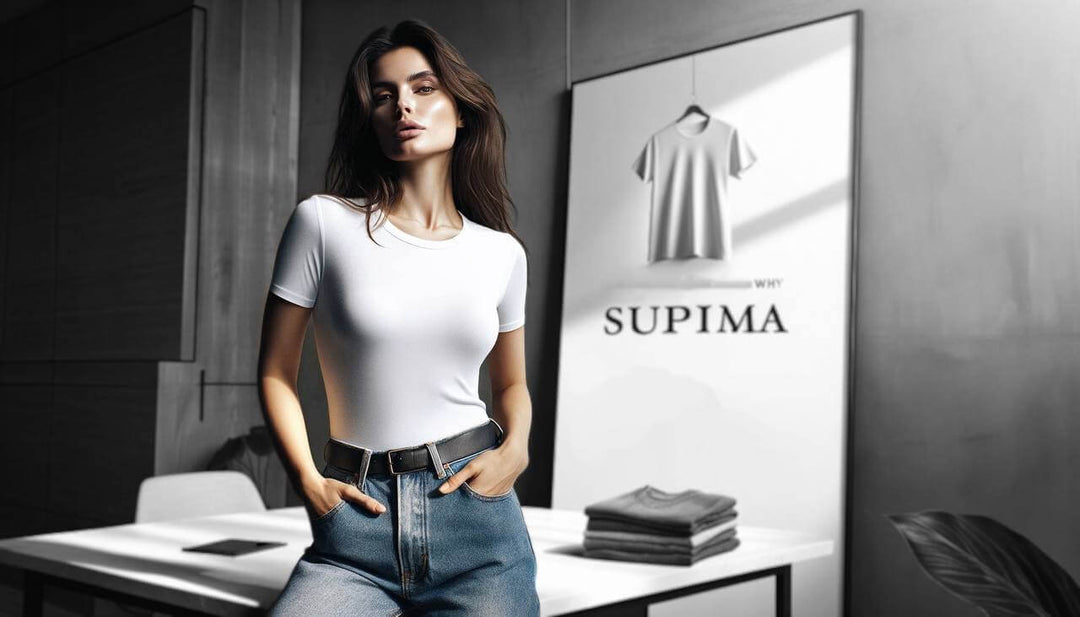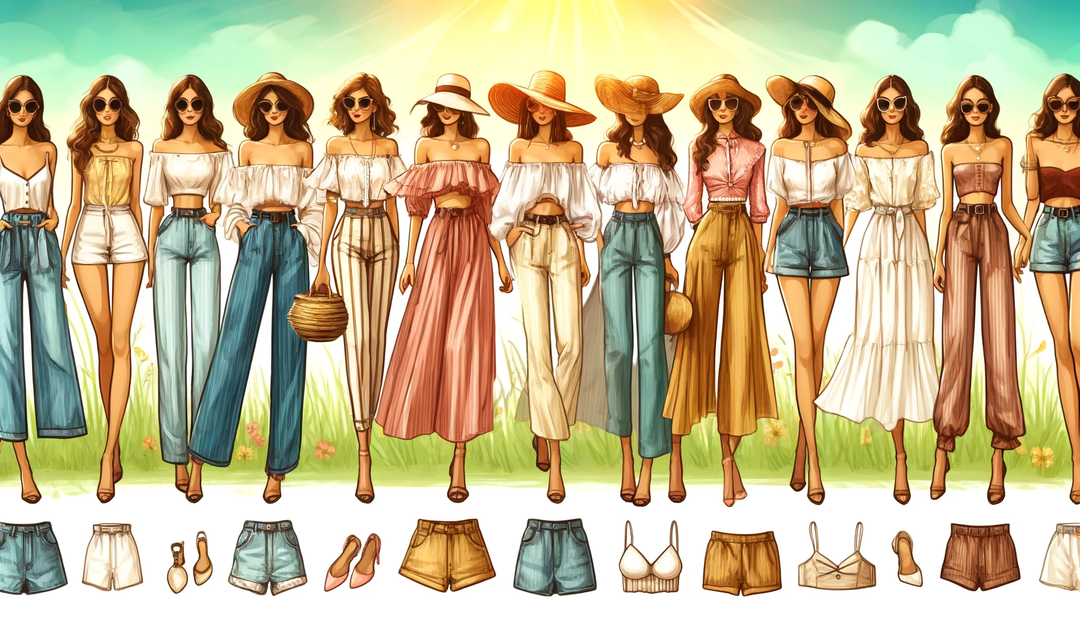Color matching in fashion is like a well-composed symphony; when done right, it strikes a chord with everyone who sees it. But how do you master the art of color coordination in your wardrobe? If you are wondering, 'how to know which colour suits me', then read on. Let's unravel the secrets of color matching in fashion, ensuring you never hit a sour note in your style ensemble.
The Color Wheel: Your Fashion Compass

The color wheel is your best friend when it comes to matching clothes. It’s not just an artist’s tool; it’s a fashionista’s secret weapon. Understanding the color wheel can help you create harmonious outfits effortlessly.
- Complementary Colors: These are opposite each other on the color wheel. Pairing them creates a vibrant look. Think red and green or blue and orange.
- Analogous Colors: These are next to each other on the wheel, like blue and green or red and orange. They offer a more subtle, cohesive look.
- Triadic Colors: These are evenly spaced around the wheel, forming a triangle. This scheme is bold and balanced, perfect for making a statement.
- Primary Colors: Red, yellow, and blue are the building blocks of all other colors. They can be used alone or combined to create secondary and tertiary colors.
How to Match Colors in Clothes
Matching colors in clothes is more than just picking hues that look good together. It's about creating a balance that enhances your overall look.
- Start with Neutrals: Neutrals like black, white, gray, and beige are versatile and can be paired with almost any color. They are the base of any great outfit.
- Use the 60-30-10 Rule: This rule helps balance your outfit. Use 60% of a dominant color, 30% of a secondary color, and 10% of an accent color.
- Consider the Occasion: Bright colors might be great for a party, but muted tones are often better for professional settings.
- Mix and Match: Don’t be afraid to mix and match different colors and patterns. Use a common color to tie different elements together.
How to Know Which Color Suits Me
Finding the colors that suit you best involves understanding your skin tone and undertones.
- Warm Skin Tones: If you have a warm skin tone, earth tones like yellows, oranges, and browns will complement you.
- Cool Skin Tones: Cool skin tones look great in jewel tones like emerald, sapphire, and amethyst.
- Neutral Skin Tones: Lucky you! Most colors will complement your skin, giving you a wide palette to choose from.
Clothing Color Palette for Skin Tones
Creating a clothing color palette based on your skin tone can simplify your shopping and styling process.
- Warm Tones: Opt for shades like coral, gold, and olive. These colors enhance the natural warmth of your skin.
- Cool Tones: Choose colors like lavender, pink, and navy. These hues bring out the coolness in your complexion.
- Neutral Tones: You can experiment with both warm and cool palettes, giving you the freedom to play with a variety of colors.
Mixing Patterns and Colors
Mixing patterns and colors can be tricky, but when done right, it adds depth and interest to your outfit.
- Stick to a Color Family: When mixing patterns, ensure they share at least one color. This creates cohesion in your look.
- Vary the Scale: Pair larger patterns with smaller ones to avoid overwhelming your outfit.
- Use Neutrals as a Base: Neutrals can ground your look, allowing bolder patterns and colors to shine.
Exploring Color Combinations
Understanding color combinations can elevate your fashion game. Here are some classic and trendy combinations to consider:
- Red, Yellow, and Blue: The primary colors create a bold and eye-catching look.
- Oranges and Yellows: These warm colors are perfect for creating a sunny and cheerful outfit.
- Grey and Navy: A classic combination that exudes sophistication and elegance.
- Cool Colors: Shades like blue, green, and purple can create a calming and serene look.
- Neutral Colors: Combining neutrals like beige, ivory, and taupe can create a chic and timeless outfit.
Understanding Tertiary Colors
Tertiary colors are created by mixing a primary color with a secondary color. They offer more nuanced and complex options for your wardrobe.
- Examples of Tertiary Colors: Red-orange, yellow-green, and blue-violet. These colors can add depth and interest to your outfit.
- How to Use Them: Pair tertiary colors with neutrals or complementary colors for a balanced look.
Conclusion: Your Fashion Journey with Necesera
Unlocking the secrets of color matching in fashion can transform your wardrobe and boost your confidence. Whether you're experimenting with bold triadic schemes or sticking to classic neutrals, the key is to have fun and express your unique style.
At Necesera, we offer a range of clothing options that cater to every color palette and style preference. Visit Necesera to explore our collection and start your fashion journey today!
FAQs
How can I use the color wheel for clothes matching?
Use complementary, analogous, or triadic color schemes from the color wheel to create balanced and harmonious outfits.
What is the 60-30-10 rule in fashion?
It’s a guideline for color balance: 60% dominant color, 30% secondary color, and 10% accent color.
How do I determine my skin tone for color matching?
Check your veins under natural light; blue veins indicate cool tones, while green veins suggest warm tones.
What colors suit warm skin tones?
Warm skin tones look great in earth tones like yellows, oranges, and browns.
Can I mix patterns with different colors?
Yes, ensure they share a color and vary the scale of the patterns for a cohesive look.
What are some classic color combinations?
Red, yellow, and blue; grey and navy; and oranges and yellows are timeless choices.
How do tertiary colors enhance my wardrobe?
Tertiary colors add depth and complexity, pairing well with neutrals or complementary colors.







